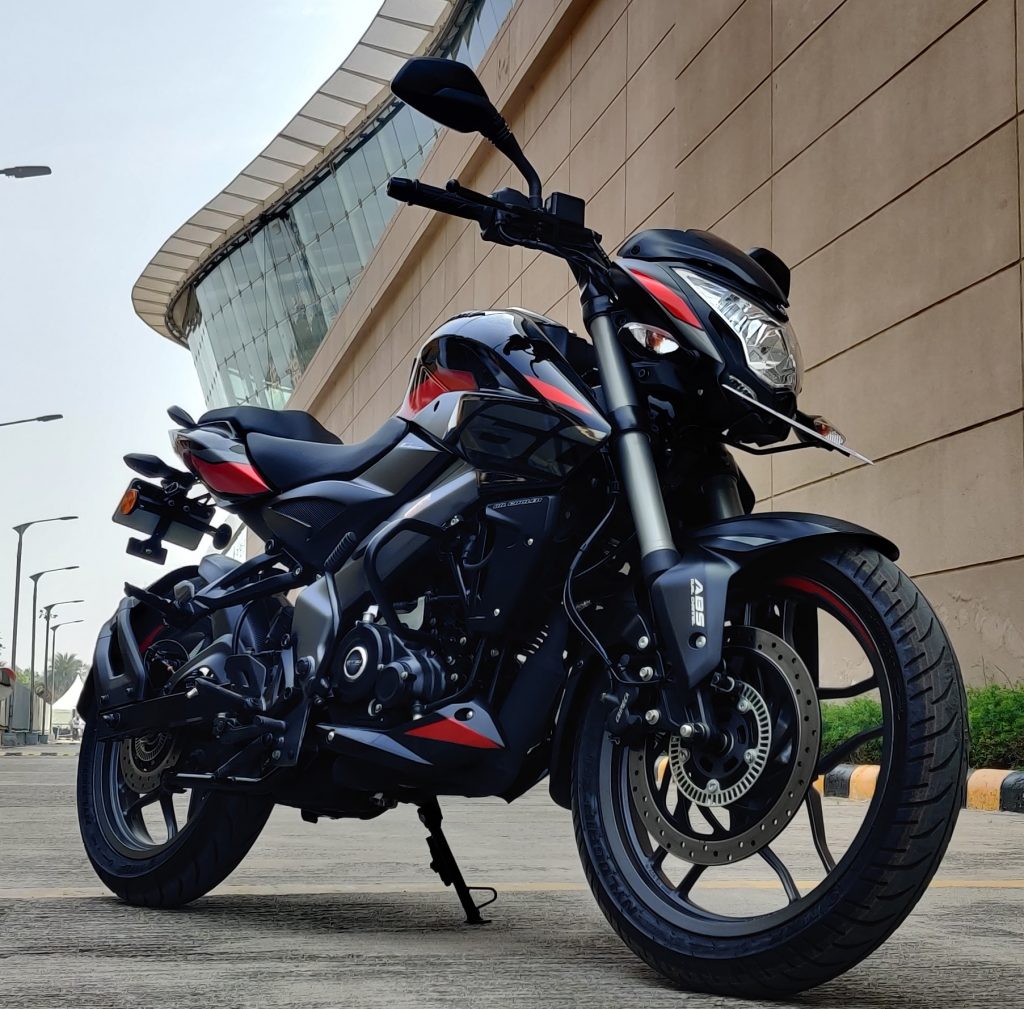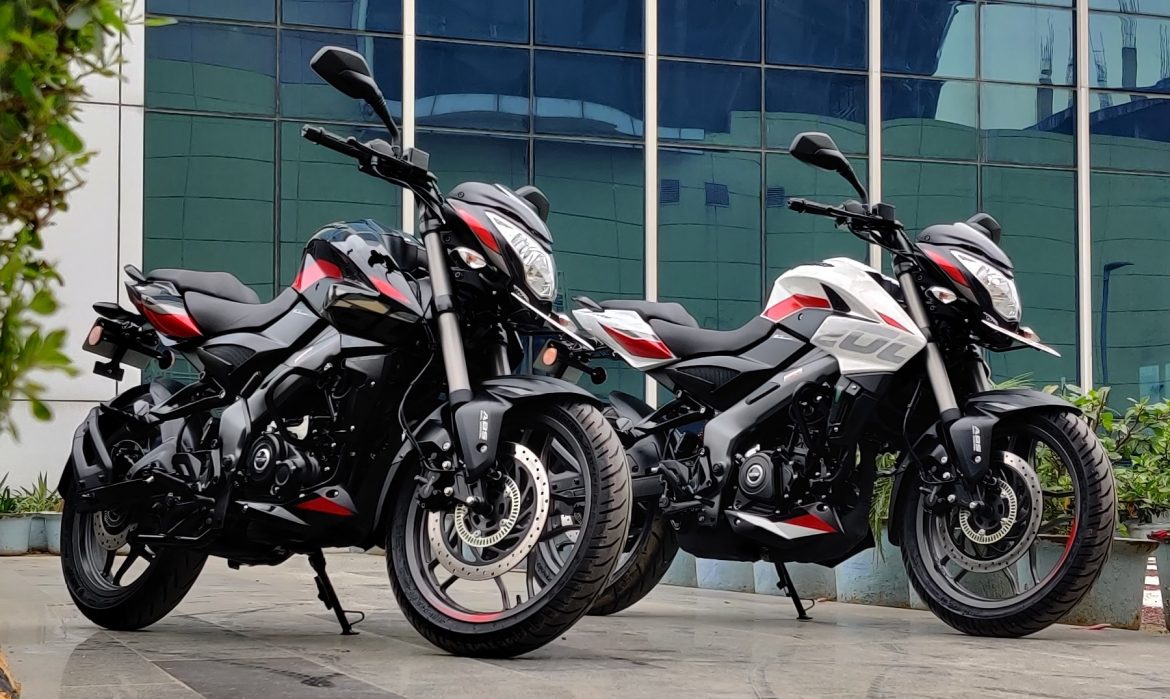Bajaj possibly has the most versatile motorcycle line-up in the Indian market under 5 different brands. And just one of them, the Pulsar brand, itself has 10 models on sale, if Bajaj has not launched or discontinued a model by the time you read this review.
It may seem weird – especially when products see a generational overhaul every couple of years these days – that Bajaj sells products from three different generations of Pulsar. Loyalists don’t want to let go of old motorcycles and the latest models have experienced slower acceptance. The middle generation, which is the NS series, is also doing well enough in terms of domestic as well as export sales. Clearly, discontinuing these motorcycles is out of the question, so Bajaj did the next best thing – give them a bit of an update.
The company has just launched the 2023 model-year versions of the Pulsar NS160 and NS200. We sampled both of them and here’s what they offer.

Starting with the design, both the new versions are based on similar perimeter frame construction from 2012 and offer the same aesthetic language as well, albeit modern enough to fit the current times.
The main mechanical changes come in the form of the new upside-down front forks, bigger brakes, and new alloy wheels, which have been borrowed from the latest generation models. They surely add to the design masculinity of the decade-old Edgar Heinrich design.
They surely don’t belong to the group of the sharpest or most futuristic motorcycles. There are some rough edges in the quality, fit, and overall execution. But the NS160 and NS200 Pulsars, in their latest avatars, still look muscular and proportionate ten years on.
As for the engines, there are no changes except that the bikes are now equipped with OBD2 hardware to comply with the BS6 Phase II emission norms. Performance-wise the NS 200’s liquid-cooled engine has a peaky nature. It’s great fun to rev it out, and that makes it quite an entertainer.

The NS160, on the other hand, offers better tractability and the power delivery is quite linear. But this engine feels its age and it is nowhere near as refined as the new-age Pulsar N160.
The other update is that both bikes now get the Grimeca brakes from the Pulsar 250 twins. They bring larger 300-millimetre front discs on both bikes and dual-channel ABS is also standard. It is quite impressive to see that now the Pulsar NS160 also gets the same upgraded hardware as the bigger NS200 version. The braking performance on both bikes has improved in terms of initial bite as well as progression.
Now, the final and most worthy update is all about the ride and handling balance. The new 33 MM USD forks, specifically calibrated for the India-spec Pulsars, bring in more rigidity and stiffness to the front end.
The rear also feels a bit stiffened up on the preload and both changes help create more feel and feedback to directional changes as well as carrying good speeds.
This handling ability comes with the sacrifice of its plush ride quality. Both bikes translate most of the road undulations to the rider, but it must be said that they don’t feel too harsh or painful on the back.
More expensive hardware makes the new Pulsar NS160 feel like a slightly better motorcycle to ride. But only until you know that the NS160 costs about 7,000 Indian rupees more than the N160 dual-channel ABS version. It then might tilt your choice in favor of the better-rounded package, which is the N160.
The NS 200, however, continues to make a case because of the rev-happy, bold character of its liquid-cooled engine. And the updates further bring appreciable improvements. But here again, the new-age N250 will be a more refined choice with hardly any price difference.



